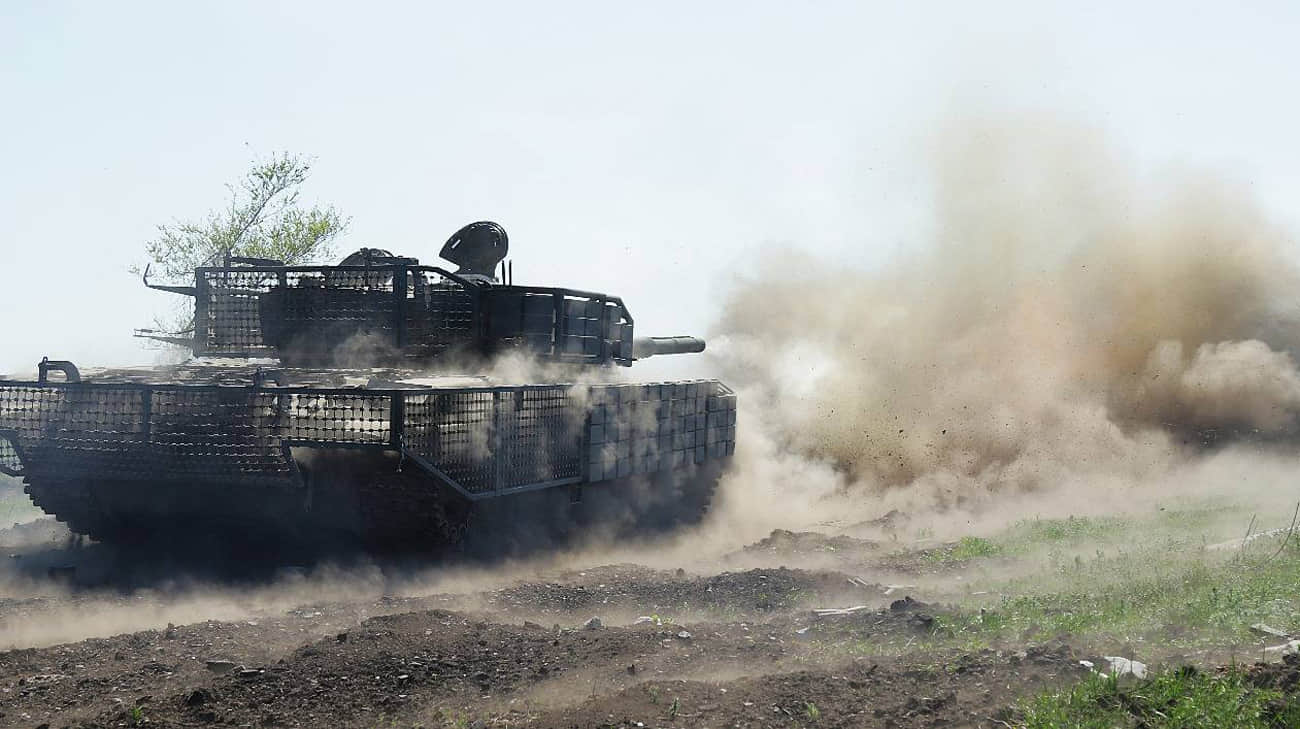A spaceship in the Soviet era would have entered the atmosphere – Liberation

A spaceship in the Soviet era, whose uncontrolled return to earth worried the scientists, « probably » Disintegrated when it entered the atmosphere on Saturday May 10, the European Space Agency (ESA) announced.
Cosmos 482, this spaceship launched in 1972 by the USSRwas intended to land in Venus. He has never accomplished his mission, having failed to leave the terrestrial orbit, where he broke into four pieces – which revolve around the planet For more than half a century.
The Center for the Surveillance and Monitoring of the European Union (SST) has announced that a fragment – which would be the landing – is « Most likely » Return to the atmosphere around 8:16 am (French time) on Saturday. However, it is unknown whether the object fell to the ground or if it burned in the atmosphere.
According to the observations of ESA, the vast terrestrial area where the object could have crashed being made up of oceans or uninhabited land, « The statistical probability of an impact on the ground in the inhabited areas was low ». « It is much more likely that you will win the lottery than to be touched by this space debris »reassured Stijn Lemmens, principal analyst at the European Space Agency.
Still according to ESA, the cosmos 482 titanium shell was designed to withstand acceleration, heat and at the extreme pressure of a return to the Venusian atmosphere. Weighing about 500 kilograms and measuring 1 meter in diameter, it most likely did not disintegrate its entry into the earth’s atmosphere and it may have landed almost intact.
There « Back to school made by humans in the earth’s atmosphere is quite common »explains Stijn Lemmens, who specifies that this happens every week for the biggest spacecraft and every day for the little ones. But objects generally burn in the earth’s atmosphere before reaching the ground.
For example, The Chinese Rocket Long Walking 5B returned to the atmosphere above the Indian Ocean in 2022, and Tiangong-1 space station was largely burned above the Pacific in 2018.
According to the expert, future spacecraft « Should be designed in order to be able to get out of their orbit safely, preferably by performing controlled return. » This would precision predict the landing places precisely, thus reducing the risk that debris come to crash into populated areas, thus protecting people and goods. This would also manage « The environmental impact of space debris »an increasingly pressing issue.








